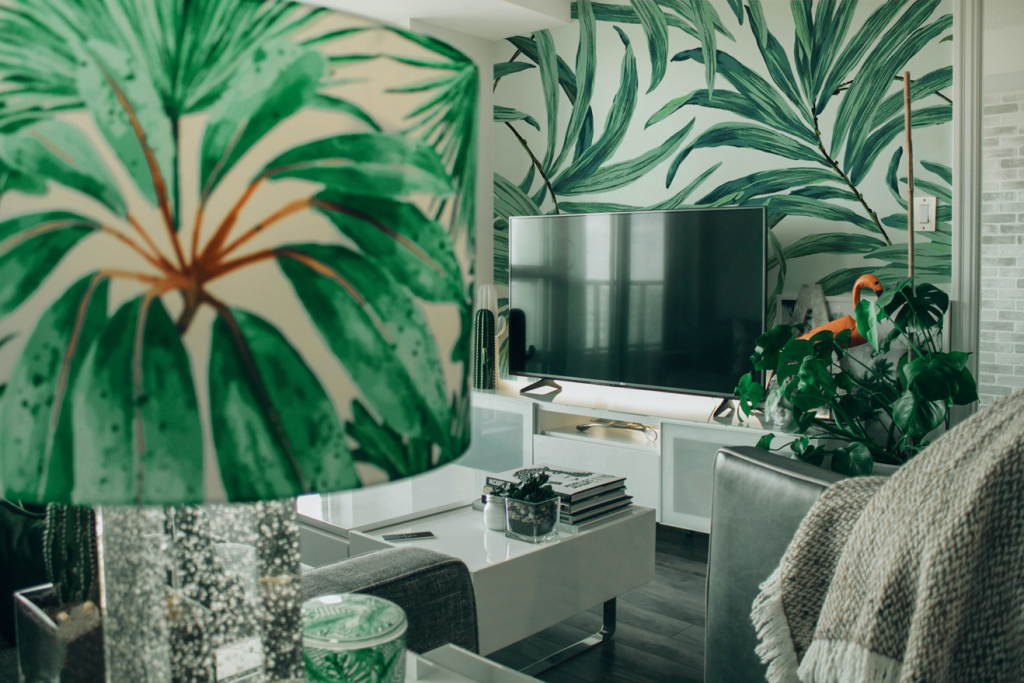On average, Americans spend about 90 percent of their time indoors. And we wouldn’t be surprised if this percentage has gone up with the advent of COVID-19.
Breathing in clean, fresh air is more critical than ever. And while it might be difficult to get fresh air outdoors in the present circumstances, it is crucial to understand the indoor air quality you’re constantly breathing.
Here are some common myths regarding indoor air quality that we thought we’d address.
Myth 1: Indoor Air Is the Cleanest
This is one of the most common misconceptions out there. In truth, indoor air is usually just as polluted as outside air, if not more. According to the EPA, indoor air is often 2 to 5 times more contaminated than outdoor air.
Several things can contaminate the air inside, such as air fresheners, electronics, detergents, and other types of fragrances and chemicals. Additionally, in an attempt to make houses more energy-efficient, they are completely sealed off. While this ensures a comfortable temperature and a balanced humidity level, it stops air circulation. Over time, the pollutants in the indoor air build-up to dangerous levels.
Myth 2: You Become Immune to Polluted IAQ
This is a completely bogus claim. Continued exposure to contaminated air will not make you immune to the adverse health effects that it leads to. Polluted air contains toxins that can have long-lasting impacts on your immune system.
Just like heavy drinking will not make you immune to a liver disease, similarly, constantly breathing in polluted air will not make your immunity any better. It will, over time, make your respiratory organs weak, leading to asthma and lung diseases.
On a day to day basis, you may feel nausea, fatigue, headaches, or your eyes may sting.
Myth 3: A New Building or A Fresh Coat of Paint Improves IAQ
This again is very widespread misinformation. Paint fumes contain volatile organic compounds that make the air quality extremely unhealthy. In fact, you should not inhabit a space after it’s painted for at least 2-3 days.
There is also a range of finishing materials used in construction, such as formaldehyde that contaminate the indoor air.
Additionally, you should keep in mind that the newer the building, the better its sealed. Again, while this does make the space more energy-efficient, it significantly obstructs the air circulation.
If you have small children or older adults living in your house, it is especially crucial for them to breathe in clean air. To ensure this, you must keep your HVAC units in order and use reliable products that minimize the pollutants in the indoor air. Let our specialists at Florida Breeze help you. We provide air conditioning services, among others, in Palm Bay and Melbourne. Call (321) 951-8767 to get a quote today!
